If your recipe calls for fresh asparagus but you don't like the flavor of asparagus, you can't find it in the grocery store or you simply don't have it on hand, their are many delicious options for an asparagus substitute!
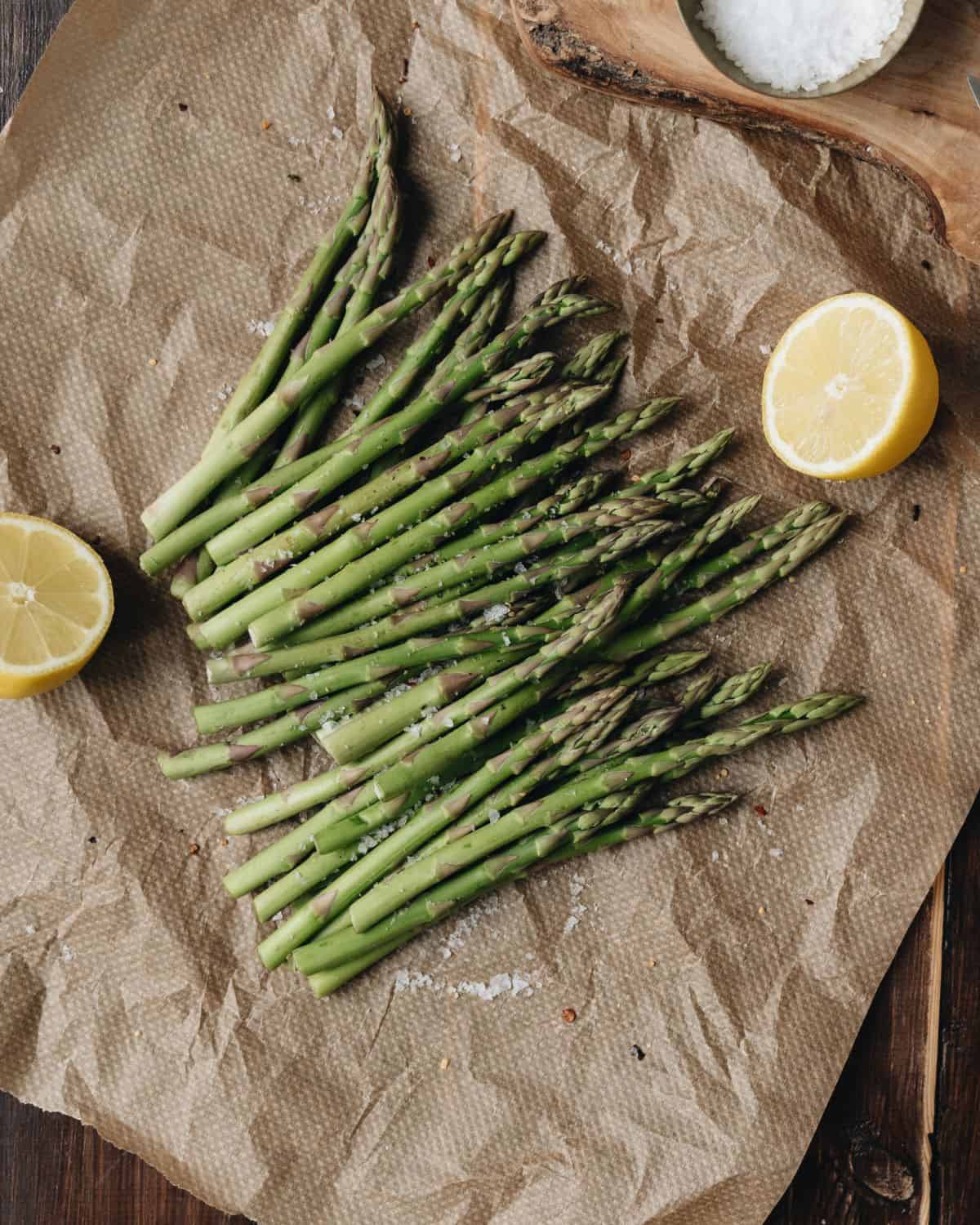
My favorite way to cook asparagus is sautéed in a little olive oil or roasted in the oven, then topped with some salt and a squeeze of lemon juice. Asparagus cooks up very quickly and requires little to no prep work. It's one of the best no-fuss vegetables!
Not only is asparagus a great side dish, it's also packed with nutrition and has many health benefits! Asparagus is a good source of vitamin C, vitamin A and vitamin K. Asparagus contains folate, and is a good source of fiber and antioxidants.
If you need a good replacement for asparagus, then you can use green beans, green peas, broccoli, zucchini, green peppers, brussels sprouts and many other delicious green vegetables.
White asparagus, frozen asparagus and canned asparagus are also all a great alternative to fresh, green asparagus.
The list below will help you find the best substitute for asparagus! Of course all of the green veggies listed below will have a slightly different taste, but that doesn't mean that they aren't a good substitute!
Jump to:
Green beans
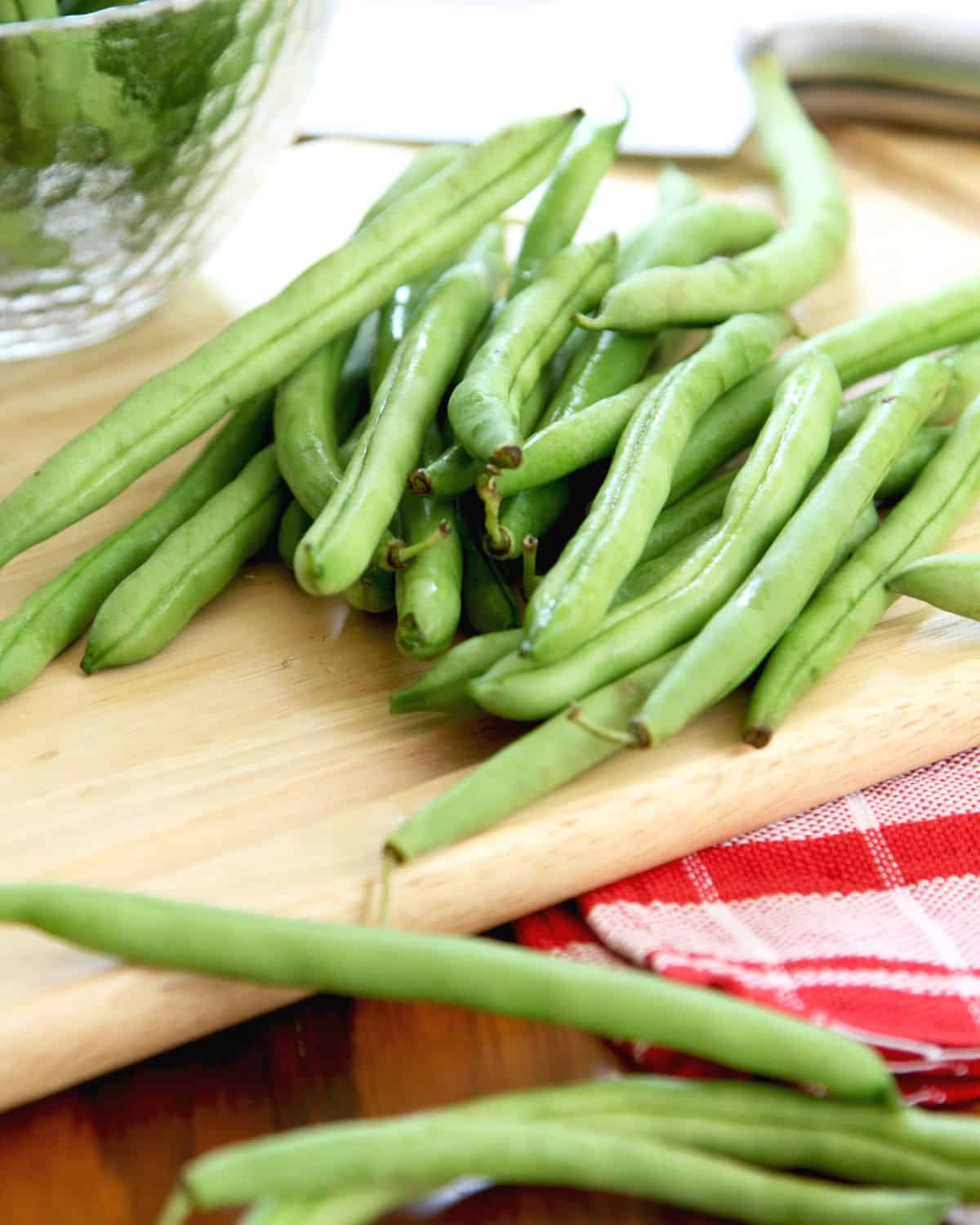
Green beans can be used in place of asparagus in most recipes. They require a little bit more prep work than asparagus, because you need to trim the ends which can take some time. However, the flavor, texture, size and color are all very similar to asparagus.
String beans, French beans (aka haricots verts) and even purple string beans are all a great substitute for fresh asparagus. You can sauté, steam and roast green beans the same way that you would asparagus.
If you're looking for a substitute for raw asparagus, then green beans would most likely be the best alternative.
Green peas
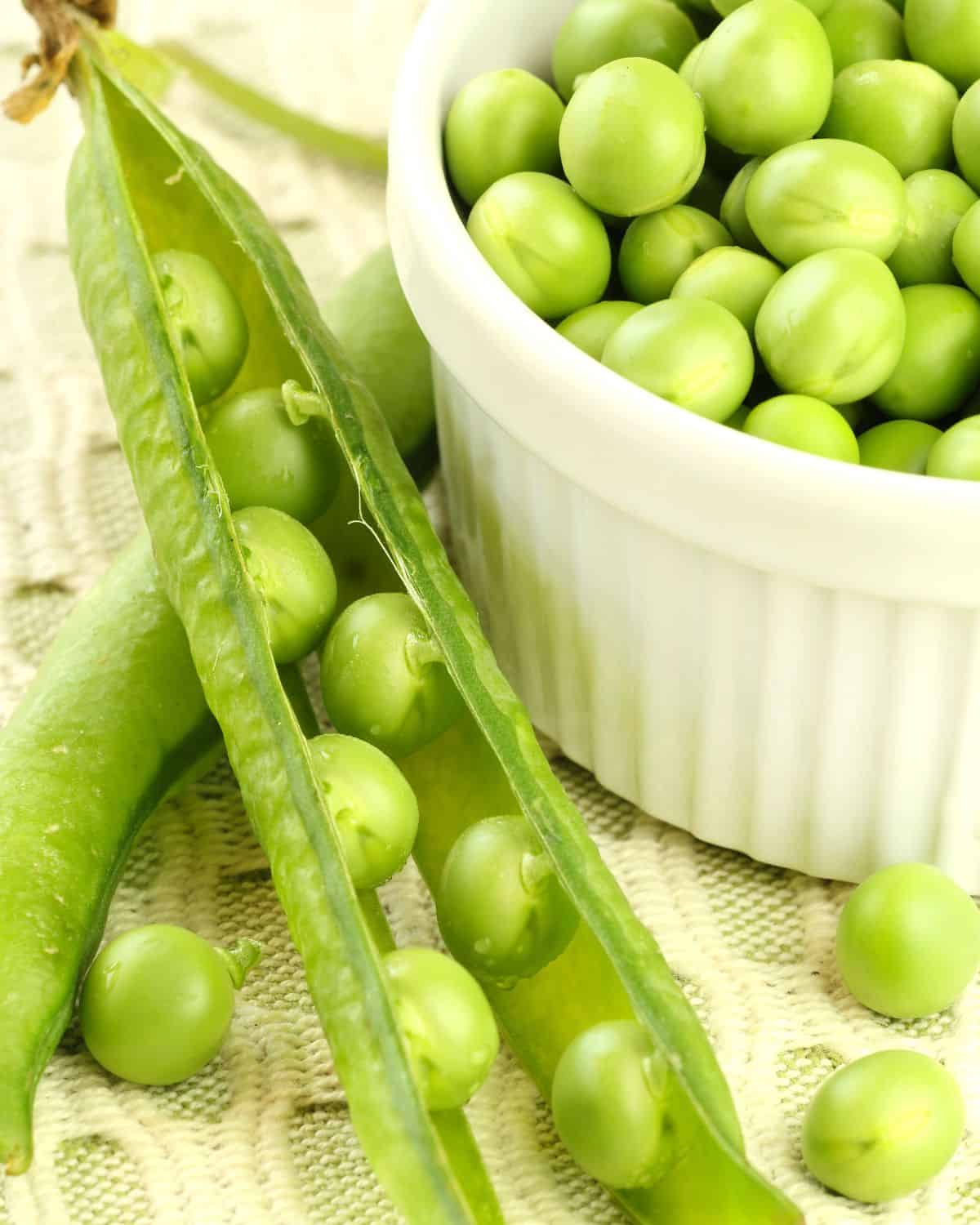
Green peas actually aren't a green vegetable. They are in the legume family along with beans and lentils. We treat them like vegetables though, because they can be eaten fresh straight from the garden. They're also easily frozen and dried. Green peas are still a great choice for an asparagus substitute.
Similarly to asparagus, green peas are high in fiber and a good source of vitamins a and c. Green peas fit in beautifully in spring dishes and are regularly found in the frozen section of most grocery stores.
Green peas are delicious served alongside mashed potatoes, mixed into homemade macaroni and cheese or simply steamed then topped with butter and a pinch of salt.
Broccoli
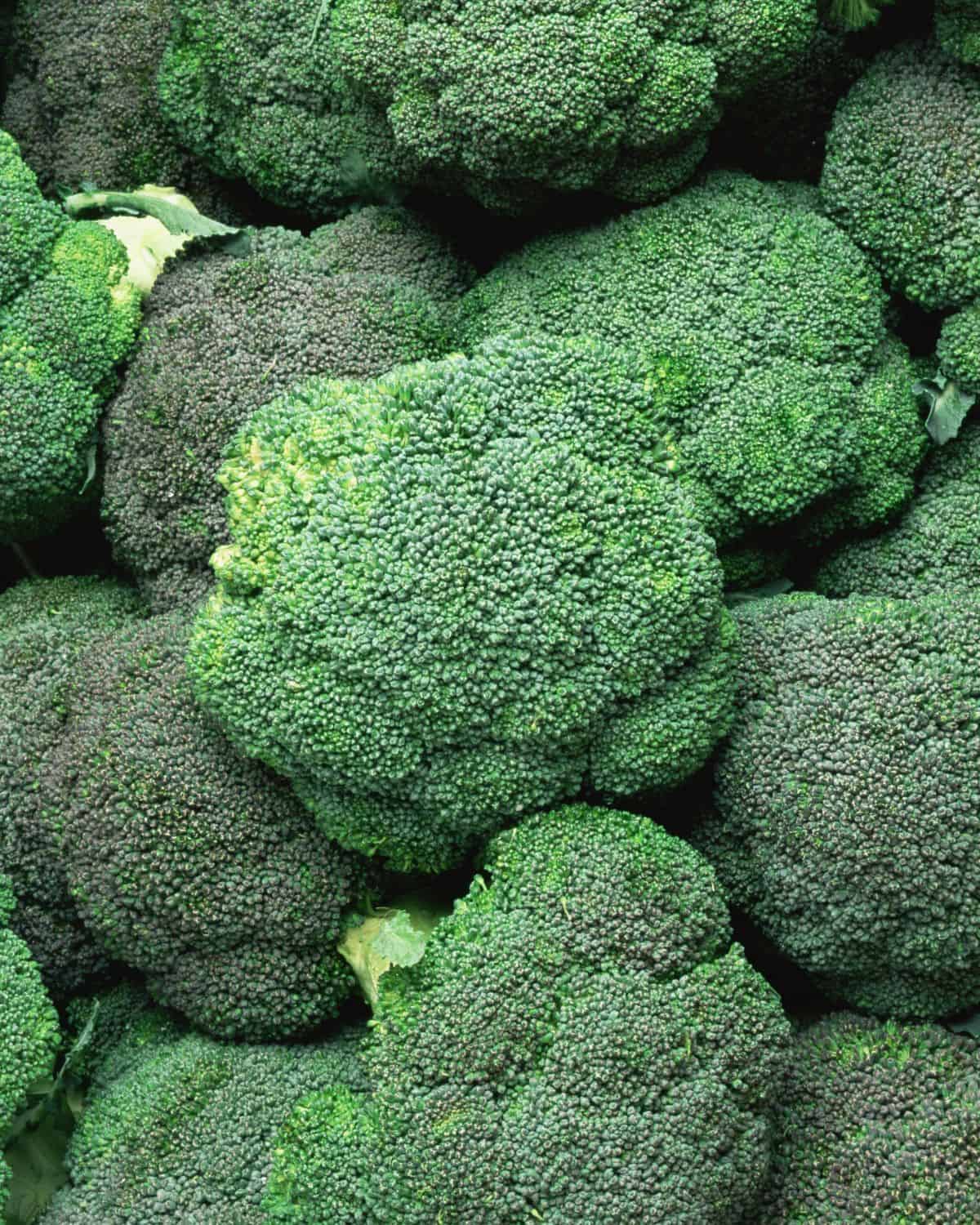
Broccoli stems and raw broccoli are both an excellent choice when choosing a substitute for asparagus. Chopped broccoli stems will give you a very similar look and shape to chopped asparagus. Broccoli florets have a similar texture to asparagus tips.
Broccoli can be eaten raw, steamed, sautéed, fried and roasted, just like asparagus can. Both broccoli and asparagus are delicious in pasta, stir-fried rice, in a steamed vegetable medley and roasted with other vegetables.
My favorite meals to make with Broccoli include Pasta with Sausage and Broccoli, Broccoli Cheddar Soup and a simple oven-roasted broccoli.
Green peppers
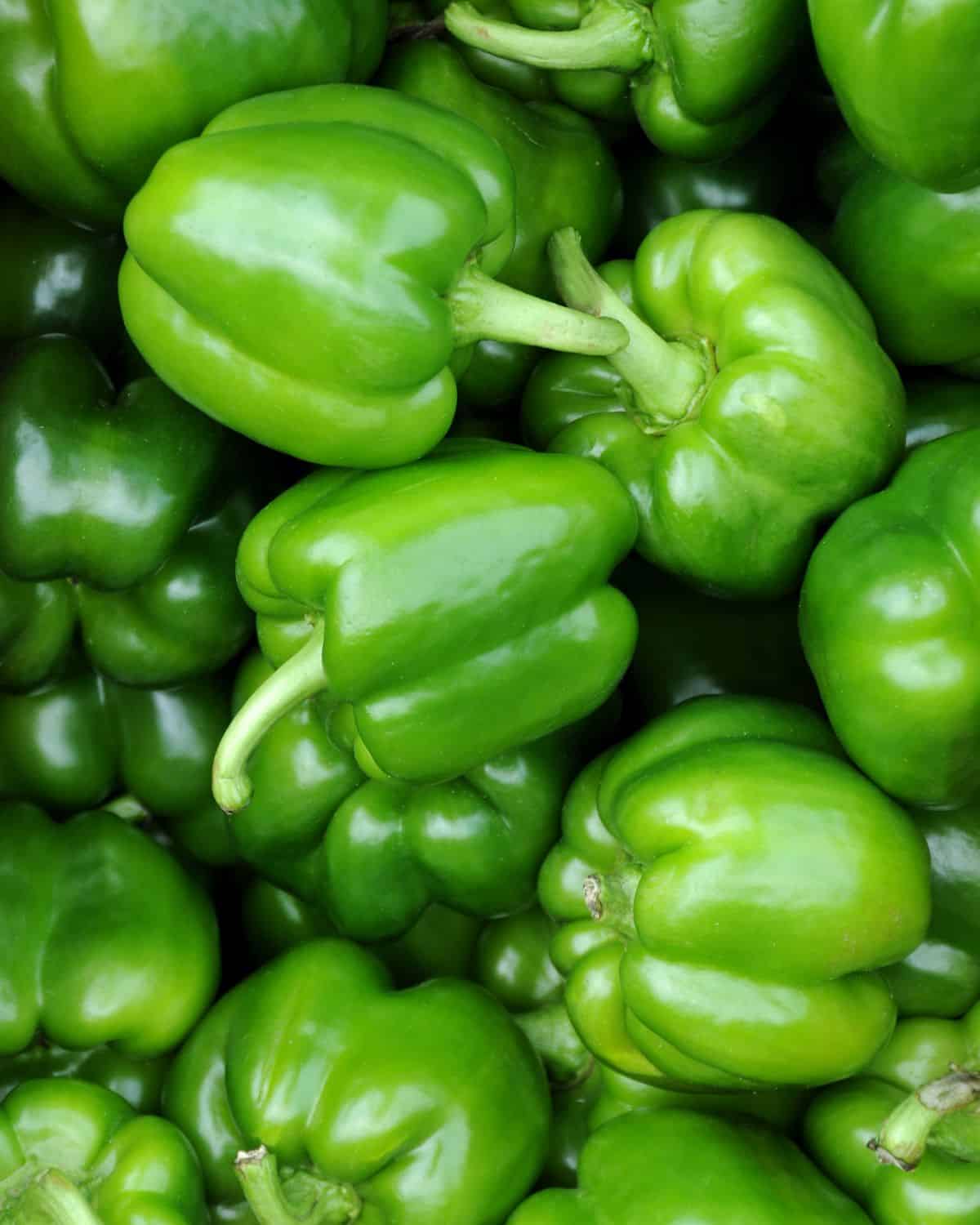
Green peppers are also a good choice when looking for an asparagus substitute. Green peppers are very mild in flavor, soften when they're cooked and when chopped into long strips, have a similar texture to asparagus spears.
I do not think red peppers, sweet peppers or hot peppers would be a good substitute for asparagus though. They are no where near as mild in flavor as green peppers are.
When I cook green bell peppers I am usually making sautéed sausage, peppers and onions. If I was low on peppers, I would definitely add some asparagus spears to the vegetable mix!
My Ground Turkey Quesadilla is packed with sliced bell peppers!
Leafy greens
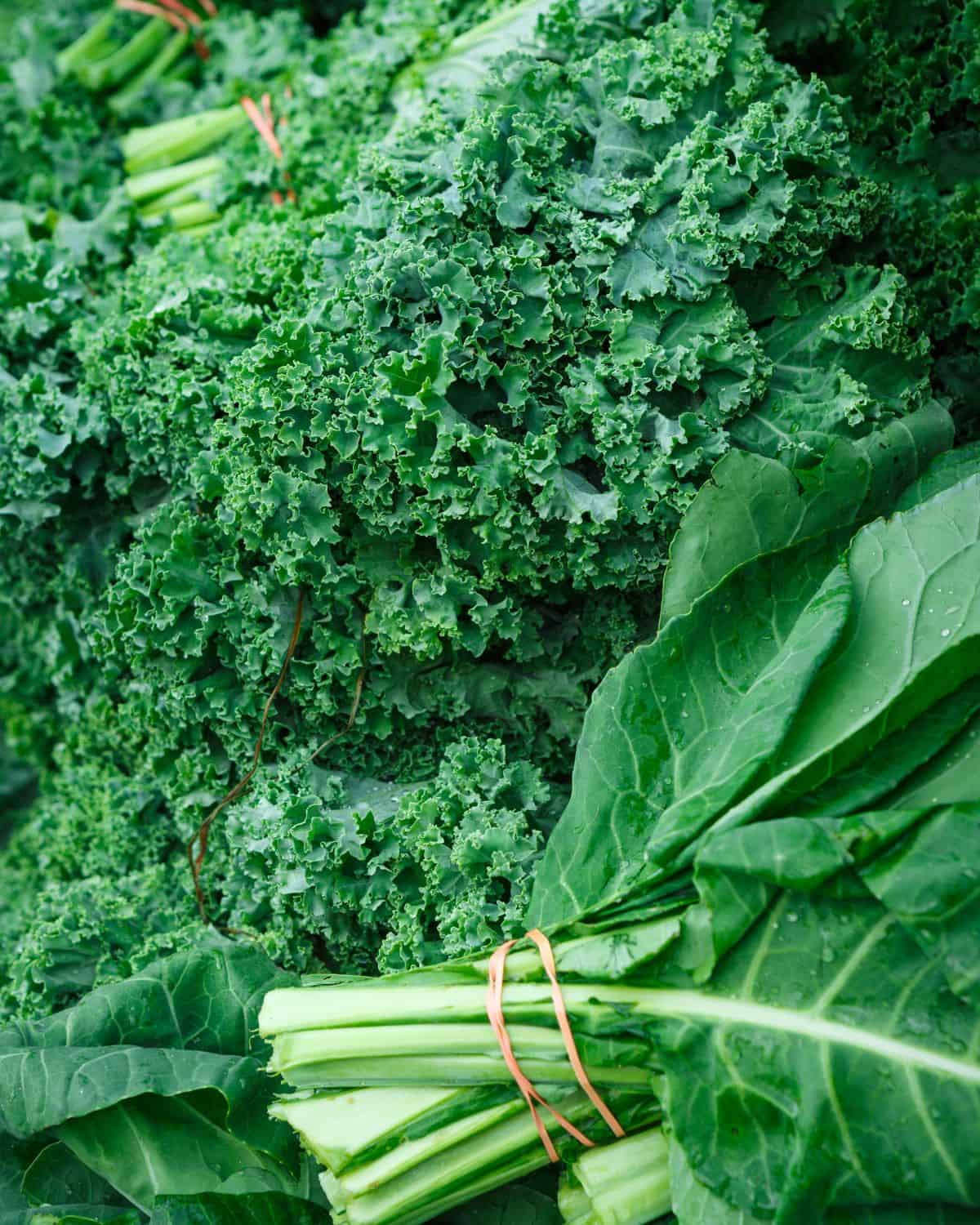
Leafy greens like swiss chard, raw kale, bok choy, spinach and collard greens could all be excellent asparagus substitutes. If you are cooking asparagus as a stand alone side dish, then all of these leafy greens would also make for an excellent side dish. If you're mixing chopped asparagus into pasta or rice, then leafy greens could definitely be added in place of asparagus!
My favorite way to cook leafy greens is to simply sauté them in olive oil and season with kosher salt, black pepper and garlic powder. Sometimes I like to sauté leafy greens with thinly sliced white onion and fresh minced garlic.
Fiddlehead ferns
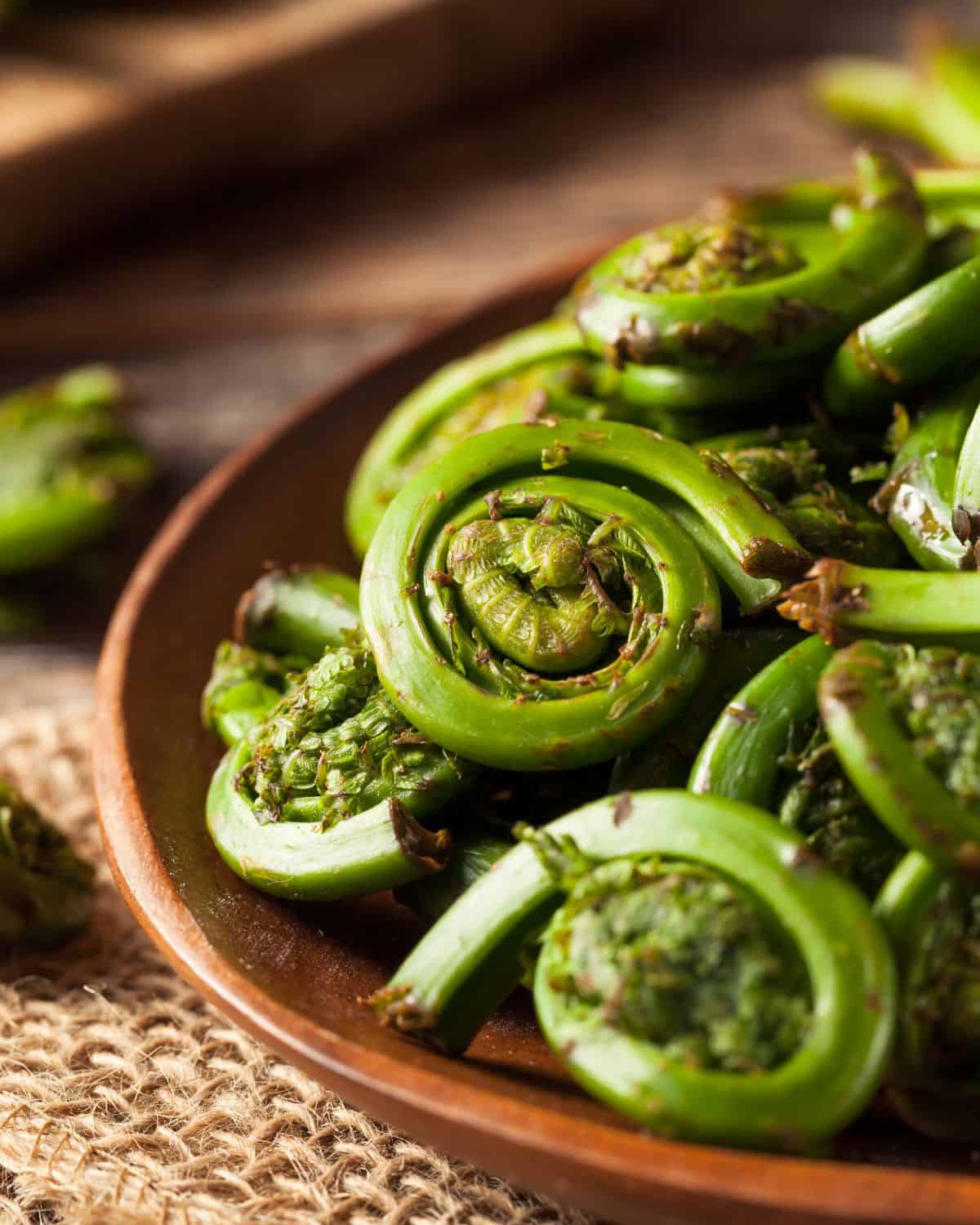
Fiddlehead ferns are the tightly coiled tips of ferns. They're harvested in early spring and are often foraged in woodland areas in North America. In the early spring you can find them in most grocery stores and farmer's markets. Fiddleheads have a grassy and slightly nutty flavor.
Fiddleheads must be cooked before they can be eaten. They cannot be eaten raw. It is recommended that they are boiled before being steamed, roasted or sautéed.
Sugar snap peas
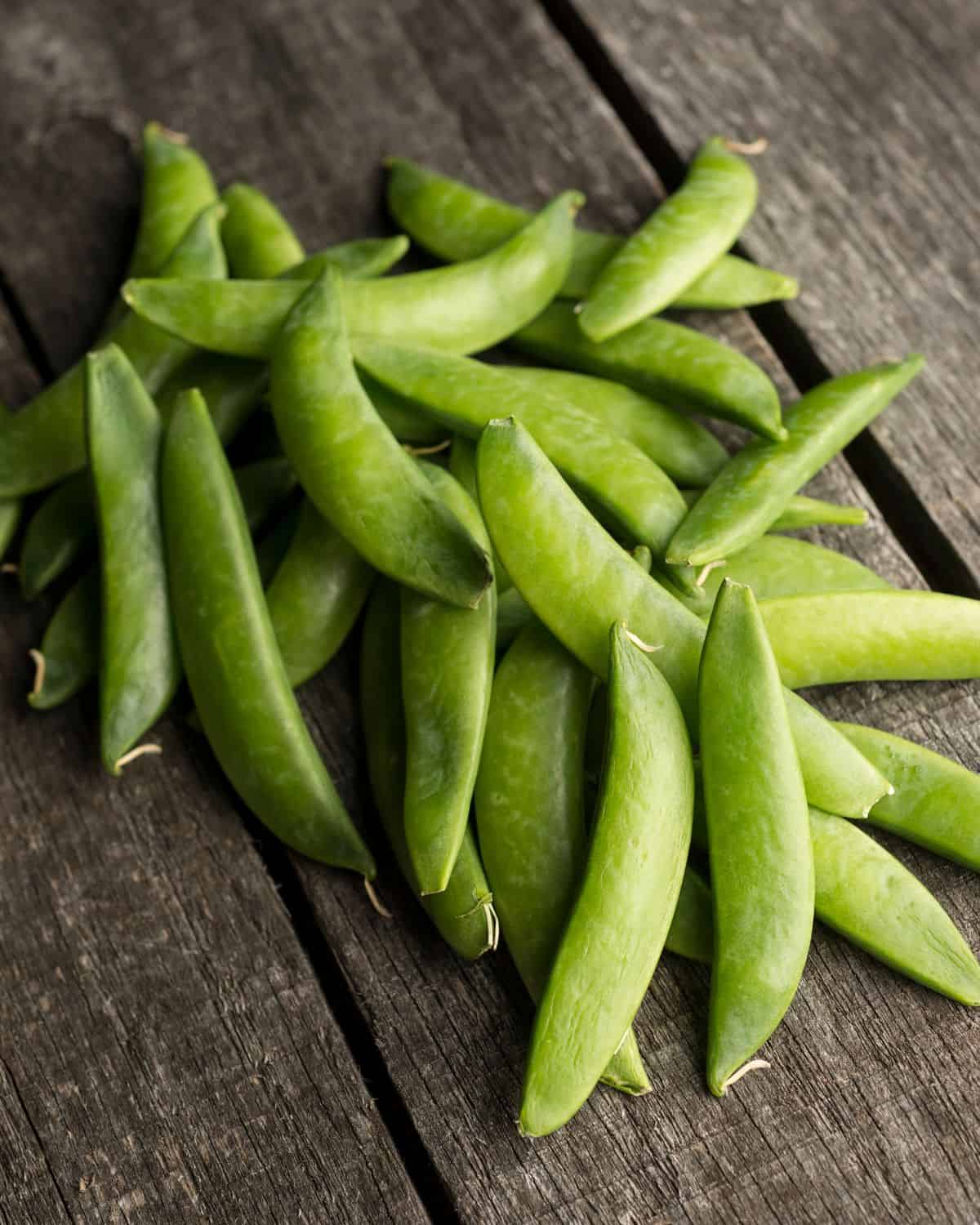
Sugar snap peas are edible pea pods, with large peas on the inside, surrounded by a thick-walled pod. Sugar snap peas are not the same as snow peas. Snow peas are flat pea pods with thin walls. Sugar snap peas are crisp and crunchy, with a slightly sweet taste. If you're looking for a vegetable to use in place of asparagus that will bulk up a dish, then sugar snap peas are an excellent choice.
I use snow peas in my Ground Pork Fried Rice recipe. I've substituted sugar snap peas in place of snow peas before, and both work! Asparagus is a common addition to fried rice recipes. Sugar snap peas can easily be used in place of asparagus in fried rice!
Brussel sprouts
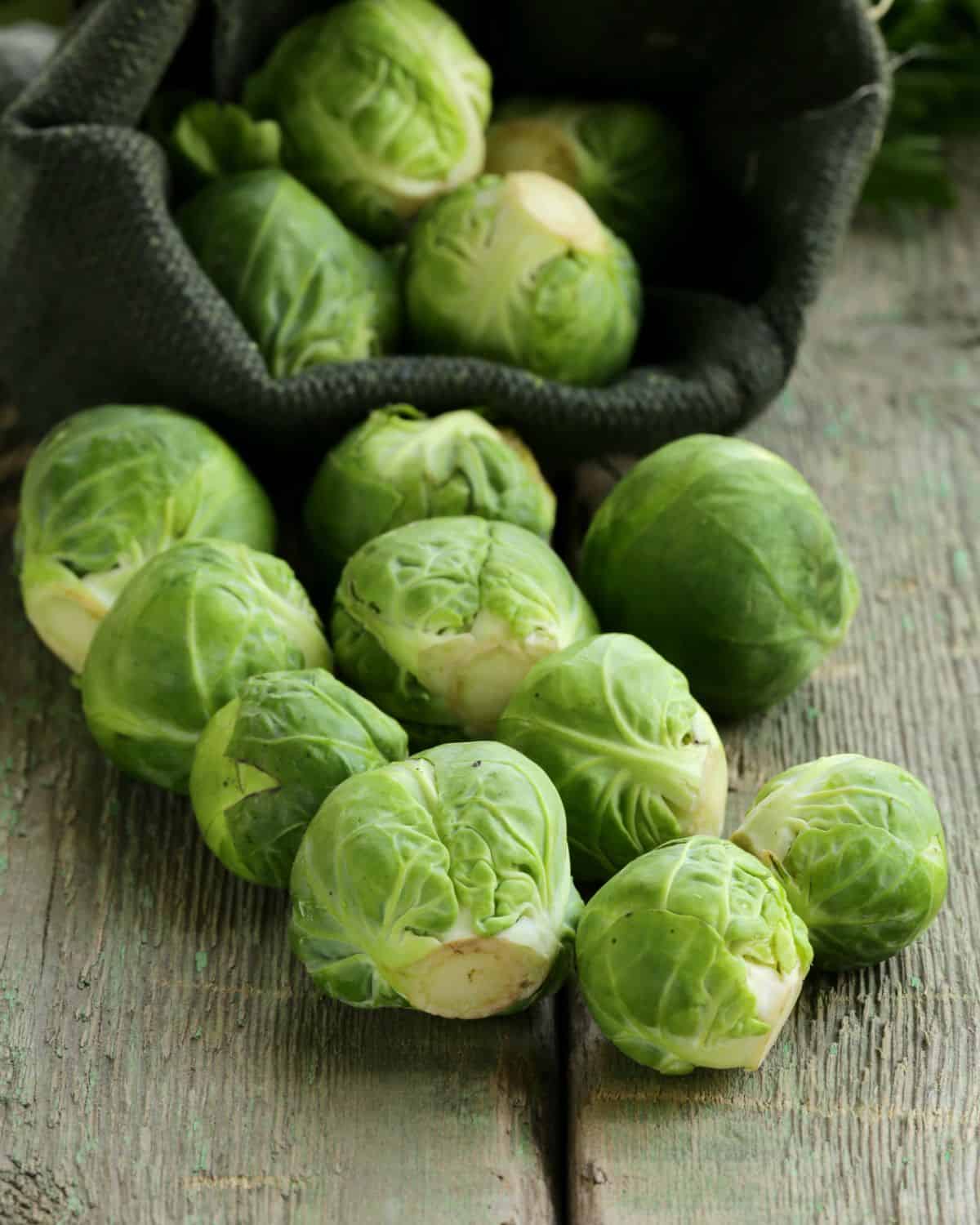
Brussels sprouts are a popular vegetable year-round, especially when they're in season in late summer and the fall. Similarly to asparagus, Brussel sprouts are a good source of fiber, vitamin a and vitamin k.
My favorite way to cook Brussels sprouts is to roast them. I actually love to roast Brussels sprouts and asparagus together, finished with a drizzle of reduced balsamic vinegar. If you don't like asparagus though, then just leave the asparagus out and double the Brussel sprouts!
Brussel sprouts also pair well with bacon, hard cheeses, walnuts and cranberries. If you're making an asparagus side dish that includes any of those ingredients, then Brussel sprouts would be a great option for a substitute.
White asparagus
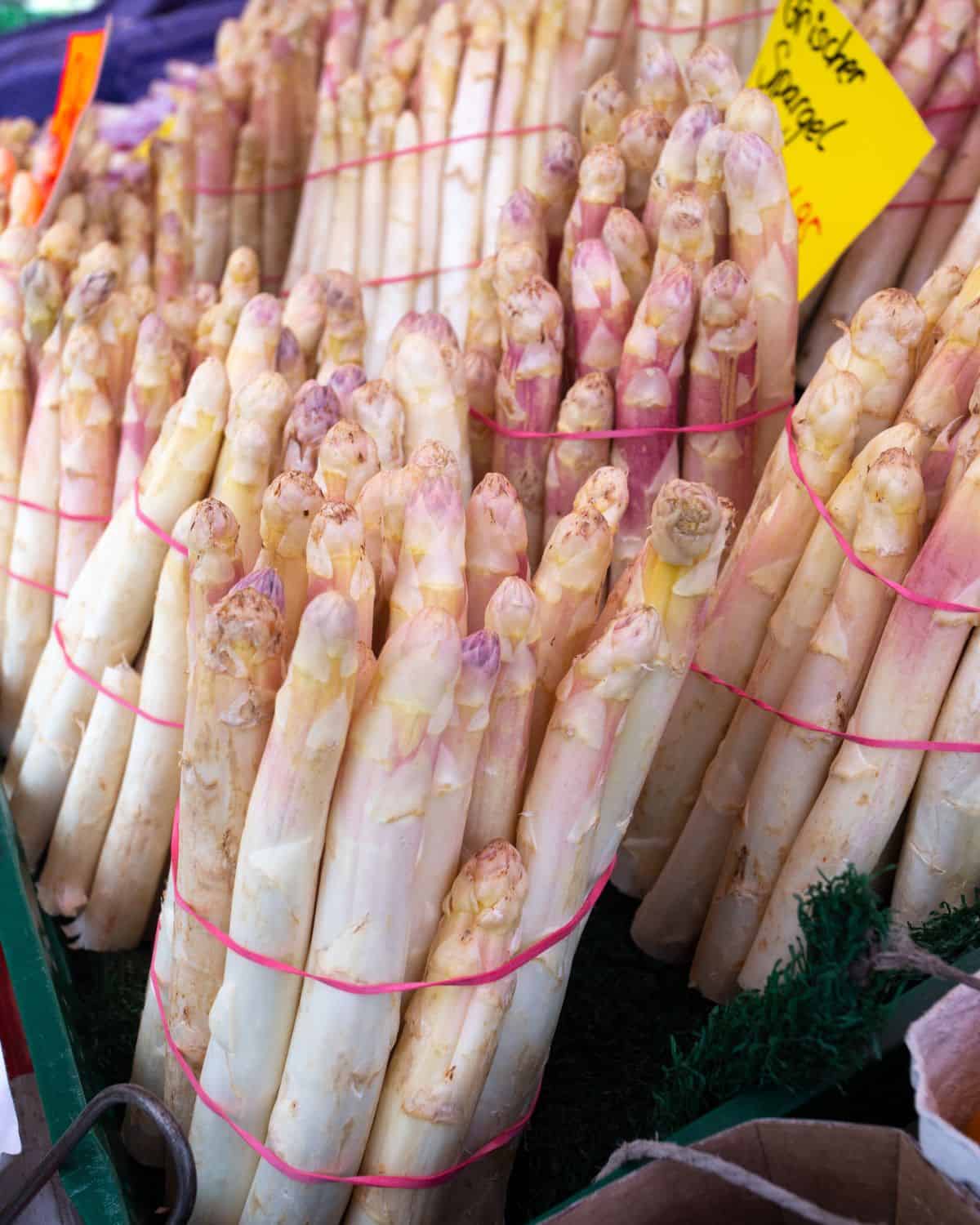
White asparagus is a good choice for a substitute if you like the flavor or asparagus. White asparagus is exactly the same as green asparagus, except without chlorophyll. Chlorophyll is what makes plants green. White asparagus is missing the chlorophyll!
White asparagus is harvested before it comes up through the soil, so white asparagus never sees the sun. Some people say that white asparagus is more tender and slightly less bitter than green asparagus.
Since the flavor is still very similar, and the texture, shape and size are all the same as green asparagus, then white asparagus is one of the best substitutes for green asparagus... as long as you actually like asparagus!
Canned asparagus
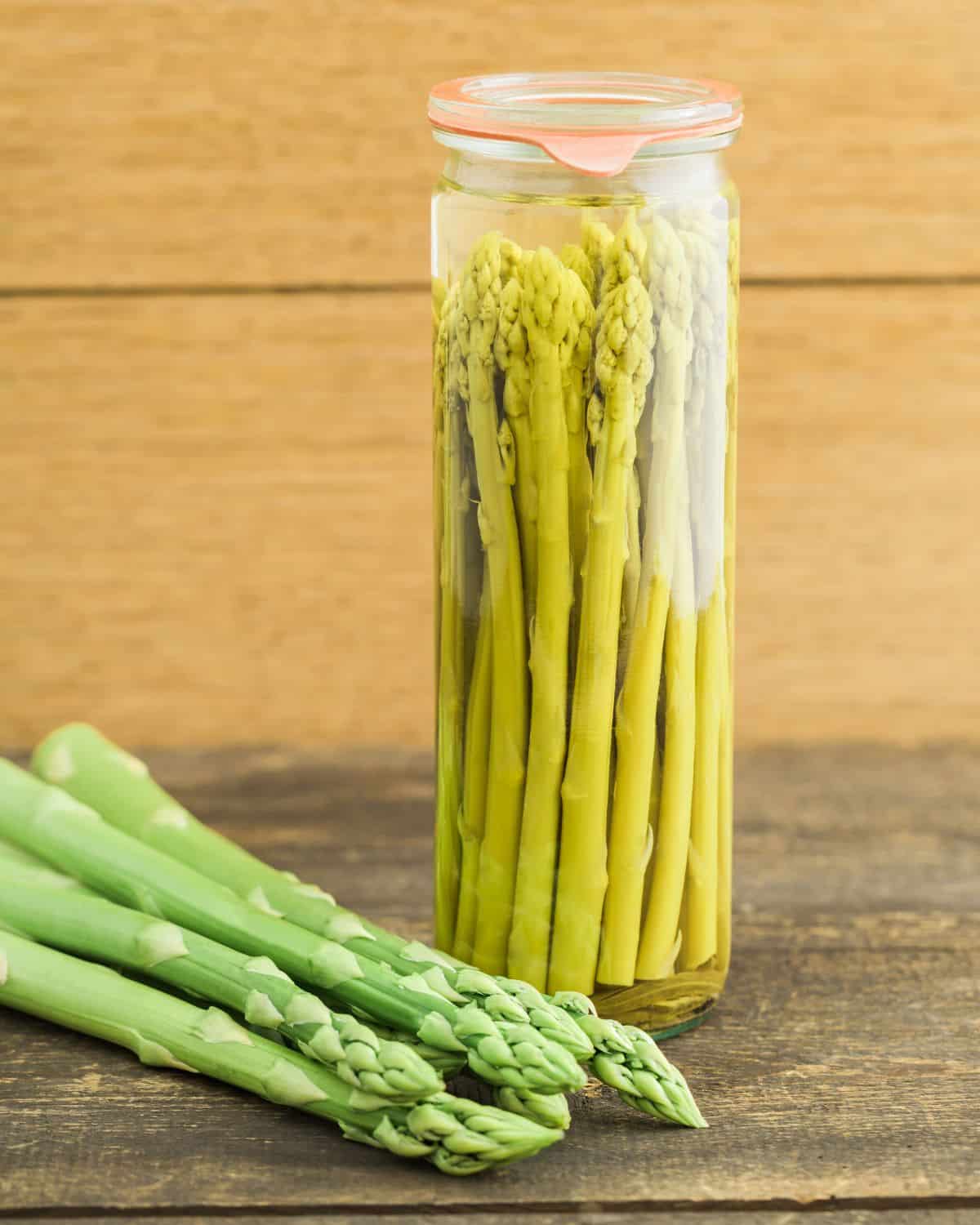
Canned asparagus is another great option if you like the flavor of asparagus. The texture of canned asparagus differs from raw asparagus. Canned asparagus is very soft, but also tender and the natural flavor is preserved. Canned asparagus is a great way to preserve your asparagus harvest and continue to enjoy home-grown asparagus for months after it is picked.
One of the benefits of canned asparagus is that it is already cooked. You can eat it straight from the jar or add it to soups, stews and stir fries at the end of cook time.
Frozen asparagus
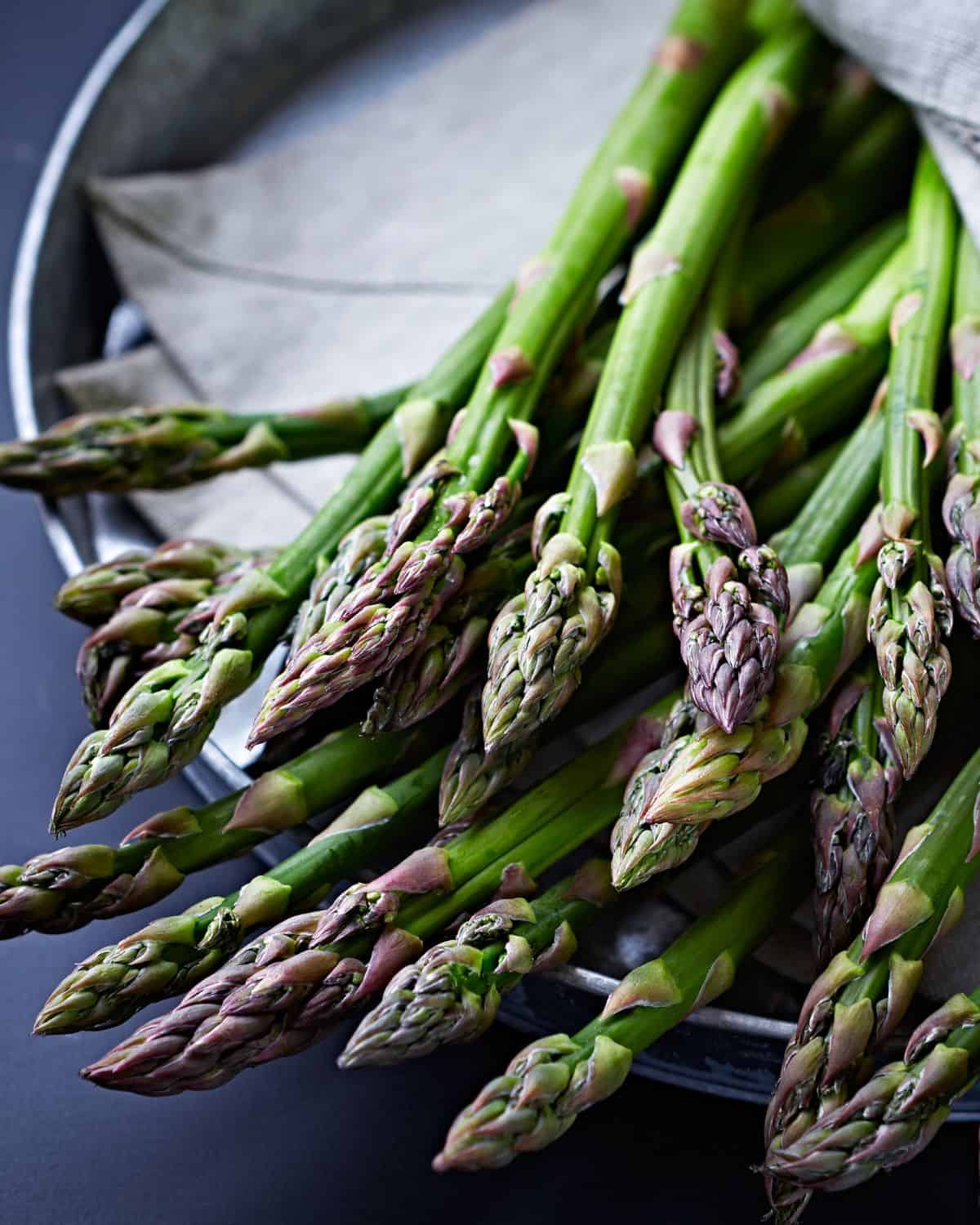
Frozen asparagus is the third substitute for fresh asparagus, as long as you actually enjoy eating asparagus! Similarly to white and canned asparagus, frozen asparagus is going to have the same flavor, texture and appearance as fresh green asparagus.
Frozen asparagus should be cooked straight from the the freezer, and not thawed first. Frozen asparagus can be tossed into any cooked main dish. It would not be a good substitute for any asparagus recipe that will be keeping the asparagus raw or crisp and undercooked.
Zucchini
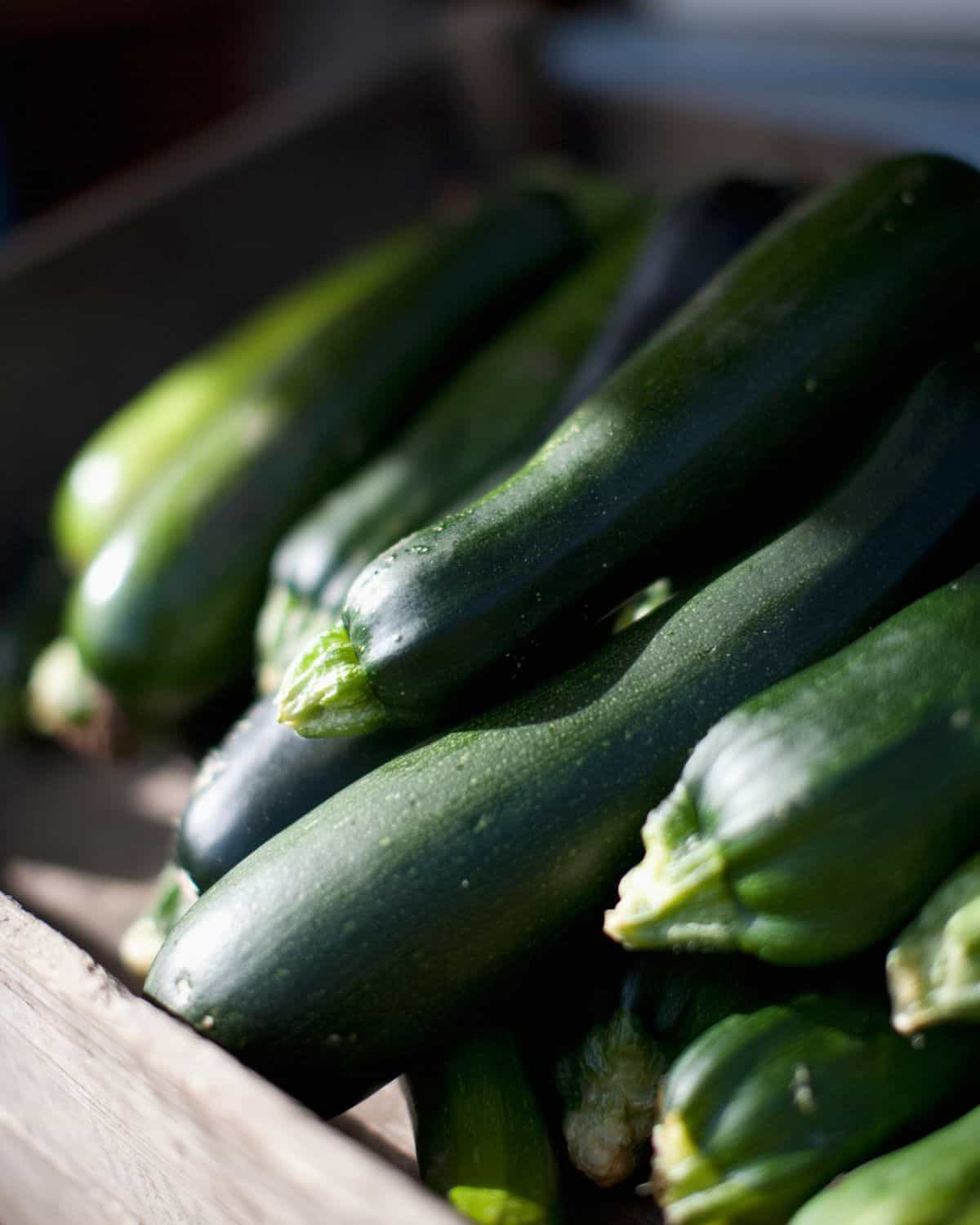
Zucchini is another wonderful option for a substitute. Zucchini is a popular summer vegetable and tends to come into season right after asparagus goes out of season. So if you're trying to eat seasonally and would rather skip the asparagus ingredient in your recipe, then zucchini would be a great seasonal choice during the summer months.
Zucchini can be cooked in most of the same ways that asparagus can. Zucchini is wonderful sautéed, fried, steamed and mixed into soups, stews, pastas, stir fries and egg scrambles.
Zucchini is actually a bit more versatile than asparagus. Zucchini can also be mixed into baked goods like zucchini muffins and zucchini bread. The flavor is more mild than asparagus which makes it easily hidden in dessert recipes.
How to choose a substitute
When choosing a substitute for asparagus, you'll need to first consider what you're making with the asparagus. Then you'll need to ask yourself if you dislike the flavor of asparagus. You may also want to consider if asparagus is in-season or not.
If you like asparagus and it's in-season, then look for white asparagus! If it's not in-season then choose frozen asparagus or canned asparagus.
If you completely dislike asparagus and want to eliminate it from your recipe, then try using zucchini, green peas or fresh leafy greens instead. If you're looking for a substitute for a raw asparagus recipe, then try using green bell peppers or green beans instead.
Related posts
Follow me
Follow me on Facebook, on Instagram and on Pinterest!
Did you find this article helpful? Tell me all about it in the comments below! I love hearing from my followers and answering any of your questions!














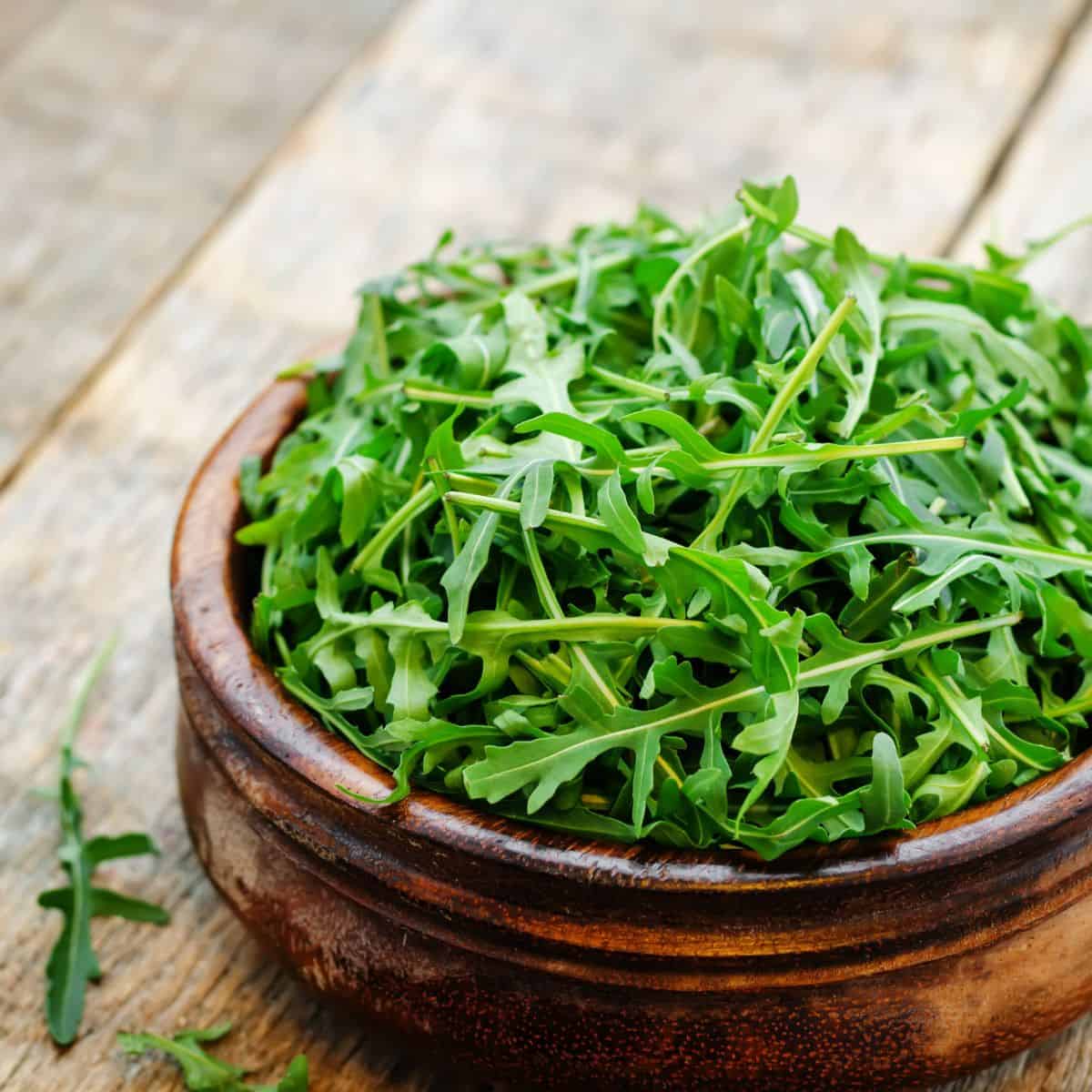
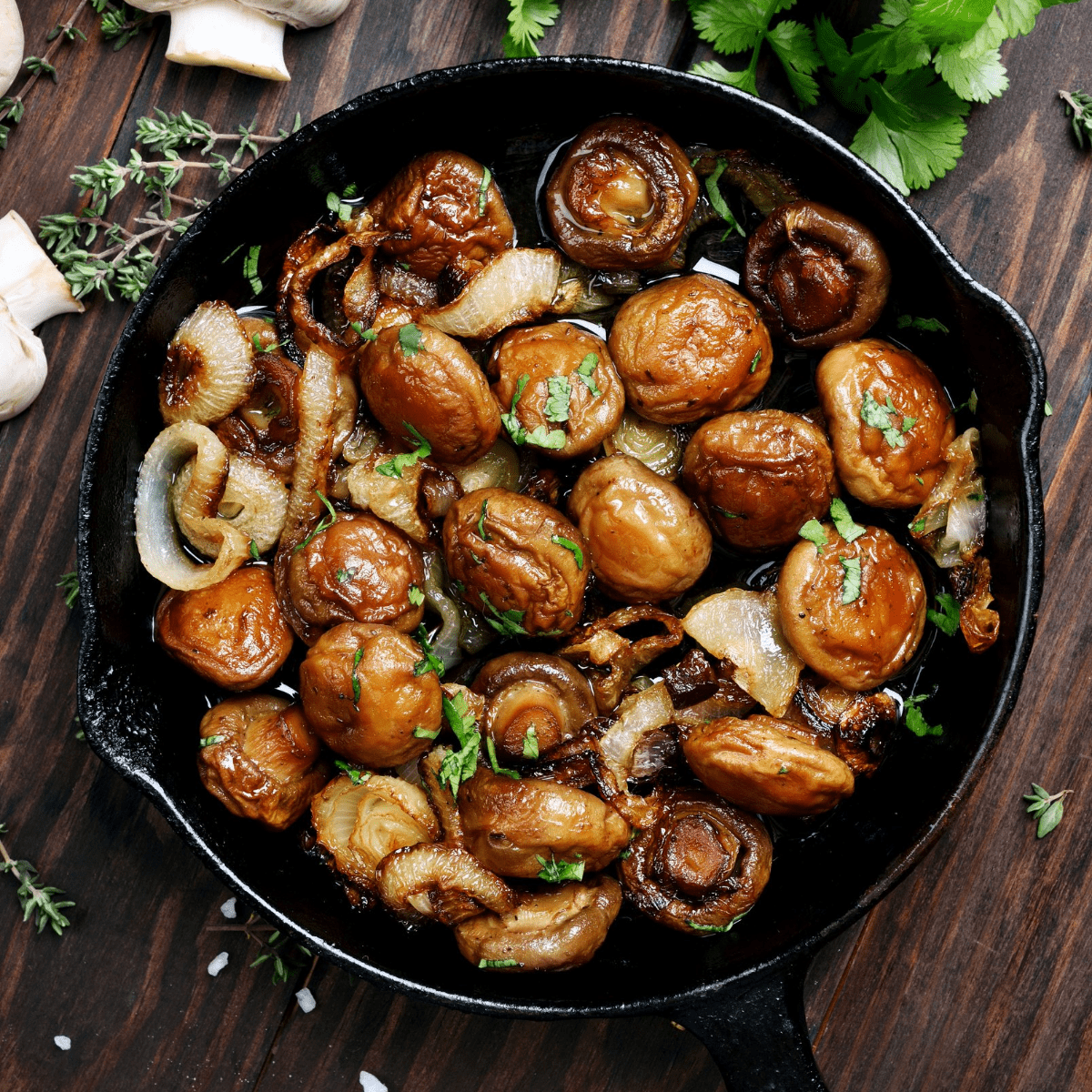
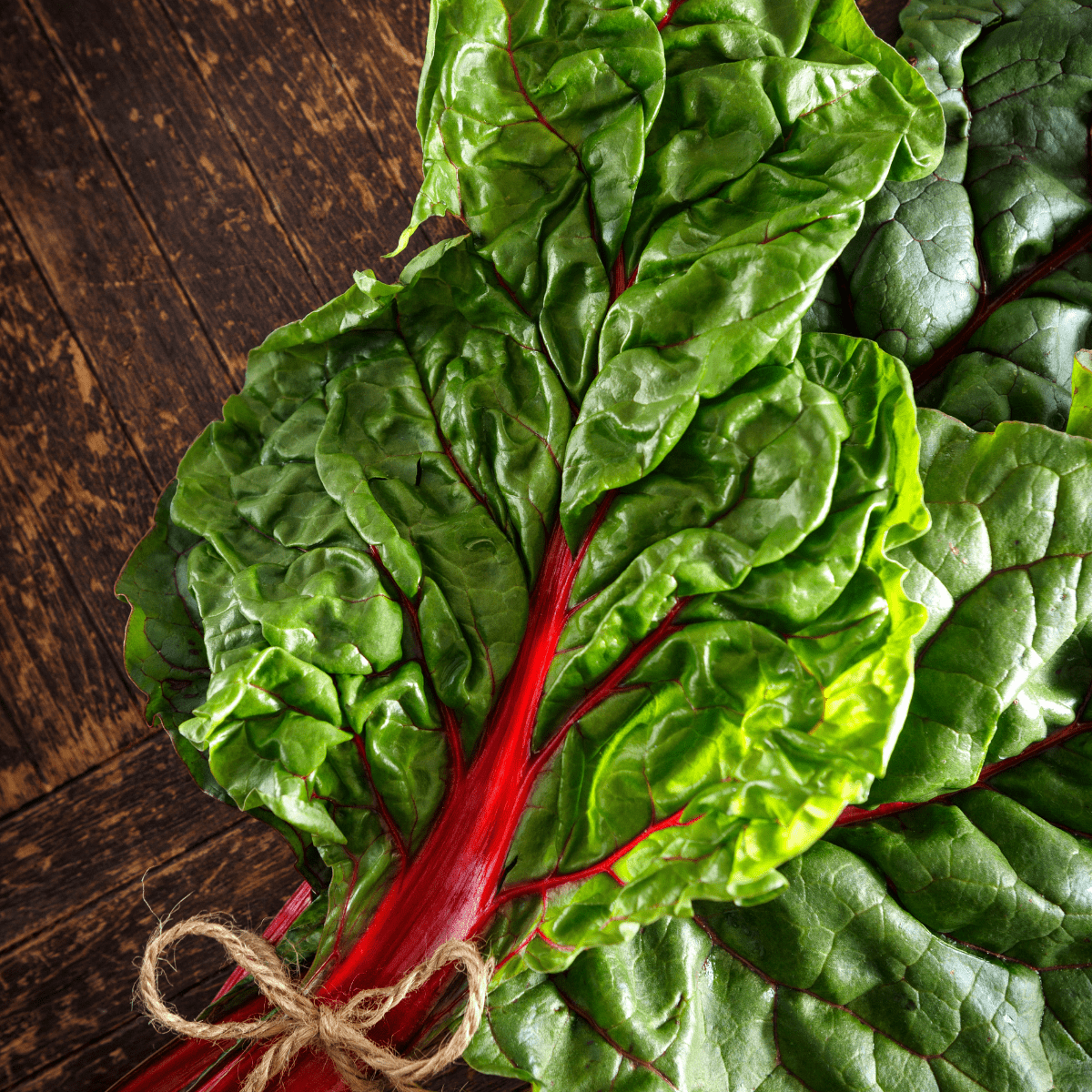
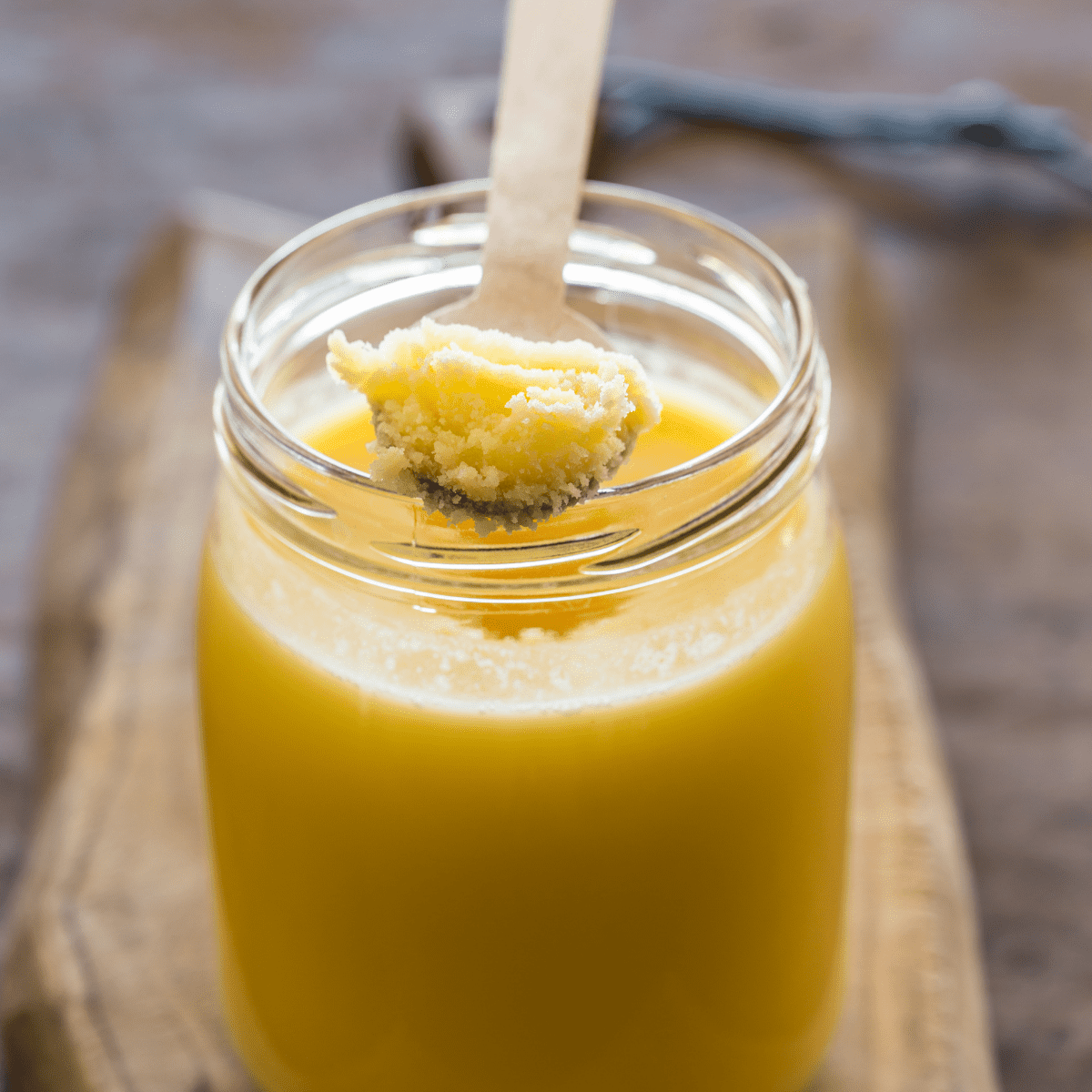


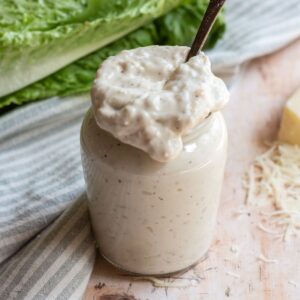
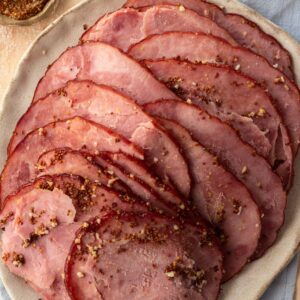
Comments
No Comments